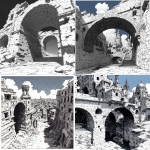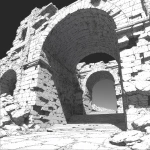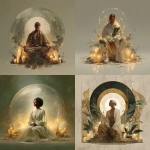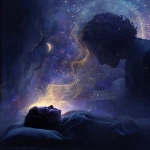Explore the Best AI Image Gallery
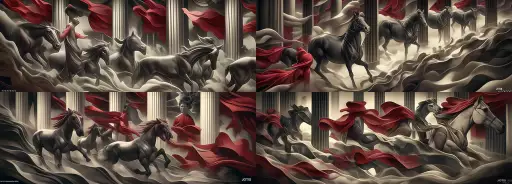
Beyond the Canvas: How AI-Powered Visual Experiences are Transforming Creativity
The creative landscape is undergoing a profound transformation, fueled by the rapid advancements in artificial intelligence (AI). No longer confined to the realm of science fiction, AI is now empowering artists, designers, and innovators to push the boundaries of visual expression and experience. This blog post explores the fascinating world of AI-driven visual experiences, examining its impact on the creative industry, potential applications, ethical considerations, and future trends.
A New Era of Creative Collaboration
AI is emerging as a powerful tool for collaboration between humans and machines. Imagine an artist sketching a concept, and an AI system instantly generating variations, textures, or even entire 3D models based on their input. This symbiotic relationship allows creators to explore ideas more rapidly, overcome creative blocks, and bring their visions to life with unprecedented precision.
AI-Powered Applications: Reimagining Creativity
- Generative Art: AI algorithms can analyze vast datasets of artwork and learn artistic styles, enabling them to create original pieces that are both aesthetically pleasing and conceptually intriguing.
- Interactive Installations: Imagine museums where artworks respond to visitors movements or emotions, creating immersive and dynamic experiences. AI can power these installations, tailoring the visuals and soundscapes in real-time based on audience engagement.
- Personalized Design: From clothing to furniture, AI can assist in designing personalized products that cater to individual preferences and measurements. Imagine uploading your body scan and having an AI generate a custom-fitted garment or a piece of furniture perfectly suited to your space.
Navigating the Ethical Landscape
As with any powerful technology, AI raises important ethical considerations. Its crucial to address concerns regarding:
- Bias in Algorithms: AI models learn from the data they are trained on, and if that data reflects existing societal biases, the resulting creations may perpetuate those inequalities.
- Ownership of AI-Generated Art: Who owns the copyright to a piece of art created by an AI? This legal gray area requires careful consideration as AI becomes more sophisticated.
- Transparency and Explainability: Its important to understand how AI systems make decisions, especially in creative contexts. Increasing transparency can build trust and ensure responsible use.
Future Trends: Shaping the Creative Future
The field of AI-driven visual experiences is rapidly evolving. Here are some key trends to watch:
- Enhanced Realism and Immersion: Advancements in virtual reality (VR) and augmented reality (AR) will further blur the lines between the physical and digital worlds, creating even more immersive and engaging experiences.
- AI-Powered Storytelling: AI can help craft compelling narratives, generate interactive storylines, and personalize storytelling experiences for individual viewers.
- Democratization of Creativity: User-friendly AI tools will empower individuals with limited technical skills to create their own art, designs, and interactive experiences.
Conclusion
AI-powered visual experiences are poised to revolutionize the creative industry, offering unprecedented opportunities for collaboration, innovation, and self-expression. By embracing these advancements while addressing ethical considerations, we can unlock a future where creativity knows no bounds.


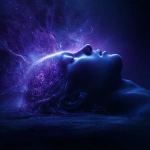


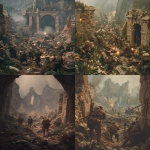

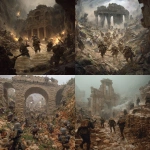



](https://images.ai-img.art/thumbnails/150/c2241c1eabdcb7b9a98be19a7e8d850b6cffe0e0c91c1ccda8dd807e2a96b187.webp)

](https://images.ai-img.art/thumbnails/150/47d44e177f427ea6b32f96ea225db96c5158850a0cf01d1bad93e45dd4594430.webp)



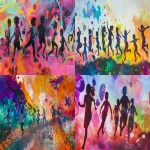


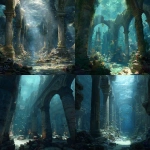



](https://images.ai-img.art/thumbnails/150/c48401bc3fad7ff7f2dbd37b894d3f53cb42d5072dfacb8bfdcdeeef28a29b04.webp)


](https://images.ai-img.art/thumbnails/150/09ccae5e68e2b6da6b5da87ef69f7eb09e80c99ca39ba886c5c3773cbb3b89ba.webp)

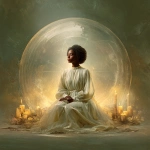

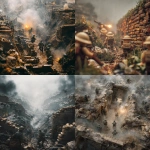



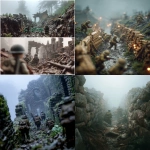







](https://images.ai-img.art/thumbnails/150/44b76c49c47b4c47f13eac7883c63827d3f89aa77fe64ce0cbecb9d3ce434499.webp)
